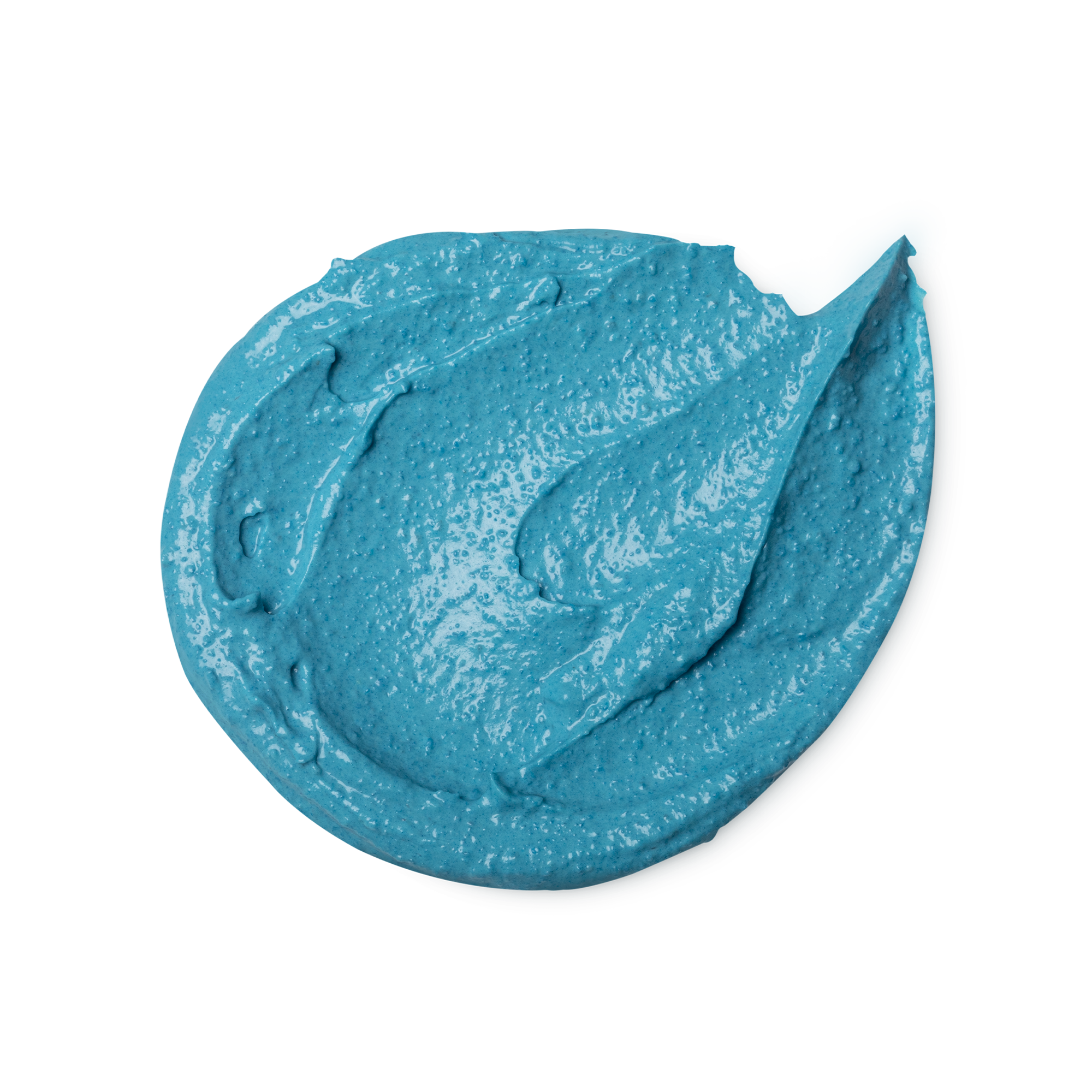Home
Don't Flapper Me: Flappers and Philosophers
Barnes and Noble
Don't Flapper Me: Flappers and Philosophers
Current price: $19.98


Barnes and Noble
Don't Flapper Me: Flappers and Philosophers
Current price: $19.98
Size: OS
Loading Inventory...
*Product information may vary - to confirm product availability, pricing, shipping and return information please contact Barnes and Noble
It has been 240 years since 1777 when women lost the right to vote in New York to 1920 when the "Nineteenth Amendment to the U.S. Constitution" ratified, stating, "The right of citizens of the United States to vote shall not be denied or abridged by the United States or by any State on account of sex". The lives of American women in the 1920s differed vastly from their counterparts who had lived only a few decades prior to entrance into the adult world. To the women of the 1920s, the True Woman was little more than a relic that simply acted as a generational gap between their grandmothers and mothers, and themselves. The battle for suffrage was finally over. After all those years of struggles, women had won the precious right to vote. The generations of suffragists that had fought for so long proudly entered the political world. Carrie Chapman Catt carried the struggle into voting awareness with the founding of the League of Women Voters. Alice Paul vowed to fight until an Equal Rights Amendment was added to the Constitution. Margaret Sanger declared that female independence could be accomplished only with proper birth control methods. To their dismay, the daughters of this generation seemed uninterested in these grand causes. As the 1920s roared along, many young women of the age wanted to have fun. With almost infinite more opportunities and equality than the generations before them, these young women quickly and eagerly embraced a rapidly changing world that now allowed females to finally voice their opinions in both the private and public sector. And although a number of holdovers still existed from the Victorian era, the partition between the True Woman and the New Woman was slowly becoming more and more apparent, especially a new phenomenon's like the flapper and the vacuum cleaner took over the American media. Never before in American history had women experienced such personal, social, or political freedom, which meant that the 1920s was also a time of exploration in regards to what it now meant to be a woman. As evidenced in both the images and the articles on these New Women, a completely new outlook on womanly body image was beginning to hold in American communities. In the past, a more full-figured physique was considered most attractive on females, displaying that they were both capable of buying food and not having difficulty in birthing children. In sharp contrast, the 1920s saw the entrance of the flapper, who often "wore the flapper uniform which turned to flattening brassieres that were constructed of shoulder straps and a single band of material that encased the body from chest to waist. Although a healthy, trim build was emulated in past decades, the pencil-thin frames that were now considered to be the ideal of the 1920s were much, much different than anything that had ever been seen before. As evidenced in the many images advertising maternity corsets and girdles, being stick-straight during both pregnancy and immediately after birth was a necessity for decade's New Women. Whereas the True Woman existed solely to be a good mother and wife to her family, the New Woman often placed her appearance and outward image right up along with the home. A very rapidly changing America resulted in a massive shift between the beliefs that had governed the True Woman and those that had come to oversee the New Woman of the 1920s. New opportunities and equalities gave the young women of the 1920s an unprecedented level of freedom compared to their mothers and grandmothers, while also allowing them to indulge in pursuits other than a constant aspiration for motherhood. It was likely this freedom and the third wave of industrialization that had spawned the new athletics, dieting, and flapper crazes that have come to epitomize the 1920s in American history. As the "Flappers" danced at speakeasies women on Puerto Rico dreamed beyond our boundaries of white and gold sands and palm trees, but that is another story. Read!


















